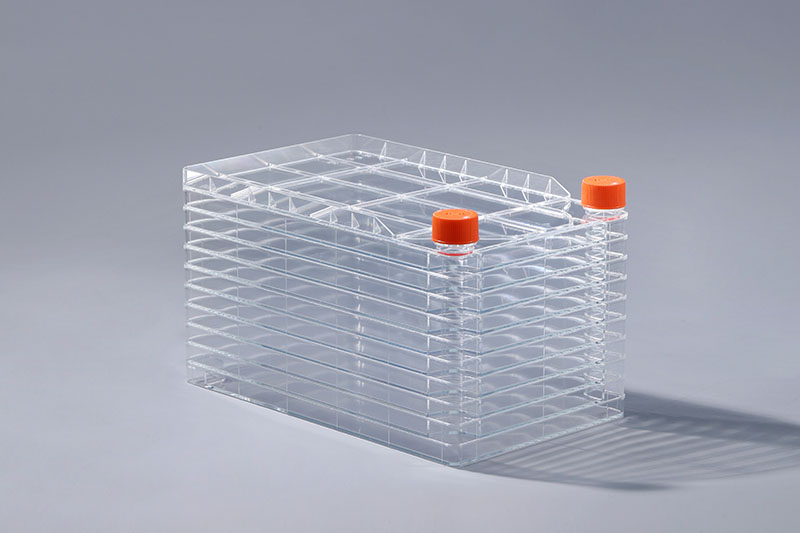Cell factories are commonly used consumables in the fields of pharmaceutical work, vaccine development, and monoclonal antibodies. Cell culture requires a specific environment, of which sterility is the basic requirement. So, how does a cell factory achieve sterility requirements?
The sterility of cell culture means that its growth environment cannot have the existence of other microorganisms, which will affect the growth and reproduction of cells. To meet such requirements, consumables such as cell factories must also be sterile. First of all, these consumables will be produced in the clean workshop to ensure the sterility of the production environment. Secondly, after the production of the cell factory is completed, it will be subjected to electron beam sterilization treatment to meet the requirements of sterility.
Electron beam killing biological bacteria technology is a sterilization technology that applies beta ray irradiation to sterilize. It is a method of killing microorganisms by a high-speed electron beam with an energy of 3MeV-5MeV (million electron volts) generated by an electron accelerator. The electron beam acts directly on the DNA of the cell nucleus, cuts off the DNA molecular bonds, or chemically reacts with the water in the cell to form an active state, and acts on the macromolecules in the cell to cause a reproductive barrier. It can be used for sterilization of disposable medical and sanitary products, food, pet feed, toys, etc.
Although sterility is the basic condition of cell culture, in the process of using the cell factory, it is also necessary to follow the prescribed procedures, so as to achieve good cell culture results.
The FAI climbed 5.9 percent year-on-year in the first 11 months of 2018, quickening from the 5.7-percent growth in Jan-Oct, the National Bureau of Statistics (NBS) said Friday in an online statement.
The key indicator of investment, dubbed a major growth driver, hit the bottom in August and has since started to rebound steadily.
In the face of emerging economic challenges home and abroad, China has stepped up efforts to stabilize investment, in particular rolling out measures to motivate private investors and channel funds into infrastructure.
Friday's data showed private investment, accounting for more than 60 percent of the total FAI, expanded by a brisk 8.7 percent.
NBS spokesperson Mao Shengyong said funds into weak economic links registered rapid increases as investment in environmental protection and agriculture jumped 42 percent and 12.5 percent respectively, much faster than the average.
In breakdown, investment in high-tech and equipment manufacturing remained vigorous with 16.1-percent and 11.6-percent increases respectively in the first 11 months. Infrastructure investment gained 3.7 percent, staying flat. Investment in property development rose 9.7 percent, also unchanged.
 English
English



















































